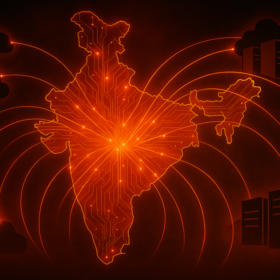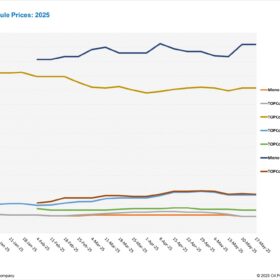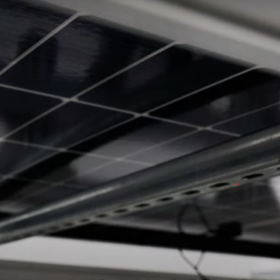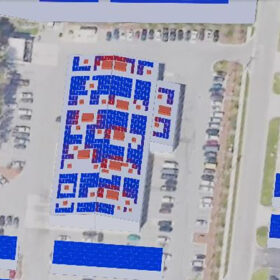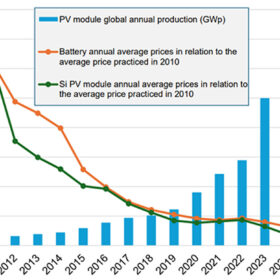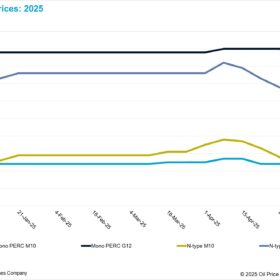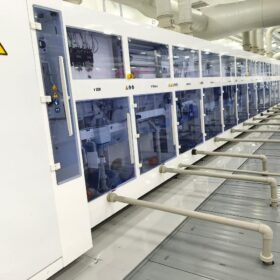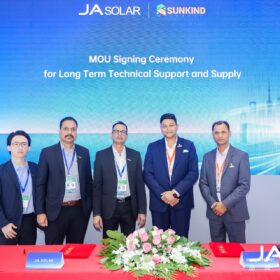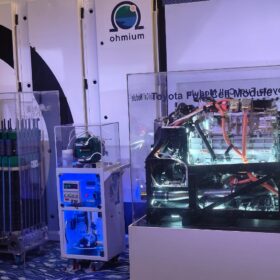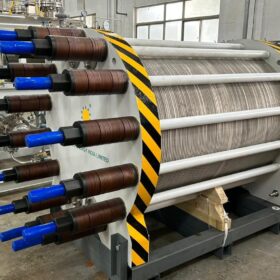India’s solar backbone can’t be outsourced: A case for secure, homegrown inverters
In a world where electricity defines sovereignty, allowing foreign-made devices to sit at the core of India’s solar infrastructure is nothing short of national negligence. In today’s age, power is not just electricity—it is sovereignty. We cannot afford blackout-level vulnerabilities induced by foreign-made solar inverter hardware with security loopholes.
Automation and AI in driving evolution in solar operations
The solar energy industry is capitalising on the integration of automation and AI. These technologies play an integral role in transforming solar operations from reactive and manual processes into intelligent, predictive and highly efficient systems.
China module prices steady amid bearish outlook
In a new weekly update for pv magazine, OPIS, a Dow Jones company, reports that TOPCon modules from China held steady at $0.083/W. Meanwhile, the spot price for U.S. TOPcon modules over 600 W was assessed this week at $0.263/W.
Beyond aluminium: How composite frames are redefining the solar module landscape
Manufacturers are integrating polymer-based frames into mass production, optimizing for rooftop and bifacial modules, and creating hybrid frames for challenging climates. The goal is consistent: reduce total cost of ownership without compromising durability.
Why renewable project execution needs speed and policy synergy
Renewable energy projects that should take 12-18 months to complete often take twice that. More often than not, land acquisition challenges, regulatory overreach and delayed transmission planning are the reasons behind this.
The next evolution in solar degradation, unavailability
US-based software provider Solesca presents new ways of handling PV system unavailability and solar module degradation. Engineers have a key role to play in this evolution, ensuring more accurate and reliable energy predictions for solar projects.
Falling Li-ion battery prices mirror solar photovoltaics trends: Is there a role for second-life batteries before recycling?
Lithium-ion batteries are everywhere, powering everything from consumer electronics to electric vehicles, residential PV storage systems, and, more recently, mitigating curtailment in large-scale wind and solar power plants. EVs are driving large-scale demand for Li-ion batteries which will result in substantial volumes of spent batteries in the near future. This scenario highlights the potential for repurposing EV batteries for second-life stationary applications, which could maximise their value before recycling. However, to fully realise this opportunity, several economic, technical, and regulatory challenges must be addressed and resolved.
From downtime to downgrade: The real economic impact of energy disruptions
Energy is not merely a utility for lighting and basic operations; it also functions as a critical instrument of geopolitical influence. When access to power is disrupted or strategically weaponized during times of conflict, the economic consequences can be severe and far-reaching.
The missing link in India’s energy transition
While generation capacity from renewables has grown steadily, and commendable strides have been made to reduce the cost of solar PV cells for example, our ability to store, intelligently manage and distribute that energy still remains a massive challenge. This gap isn’t just a technical bottleneck, but also a strategic vulnerability that requires much attention across the entire renewable energy value chain.
Middle East, Southeast Asia wafer makers ramp capacity amid record-low prices
In a new weekly update for pv magazine, OPIS, a Dow Jones company, provides a quick look at the main price trends in the global PV industry.
